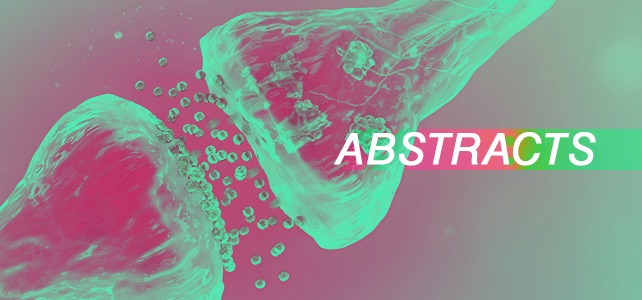Awake Brain Surgery in Children-Review of the Literature and State-Of-The-Art
Laura-Nanna Lohkamp et al. Childs Nerv Syst.Nov 2019Show detailsFull-text linksCite
Abstract
Objective: Awake brain surgery (ABS) is poorly reported in children as it is considered having limited indications due to age and neuropsychological aspects interfering with its feasibility and psychological outcome. The aim of this article is to review the current state-of-the-art of ABS in children and to offer an objective summary of the published literature on diversified outcome aspects of pediatric awake procedures.
Methods: A literature review was performed using the MEDLINE (PubMed) electronic database applying the following MeSH terms to the keyword search within titles and abstracts: “awake brain surgery children,” “awake brain surgery pediatric,” “awake craniotomy children,” “awake craniotomy pediatric,” and “awake surgery children.” Of the initial 753 results obtained from these keyword searches, a full text screening of 51 publications was performed, ultimately resulting in 18 eligible articles for this review.
Results: A total of 18 full text articles reporting the results of 50 patients were included in the analysis. Sixteen of the 18 studies were retrospective studies, comprising 7 case series, 9 case reports, and 2 reviews. Eleven studies were conducted from anesthesiological (25 patients) and 7 from neurosurgical (25 patients) departments. Most of the patients underwent ABS for supratentorial lesions (26 patients), followed by epilepsy surgery (16 patients) and deep brain stimulation (DBS) (8 patients). The median age was 15 years (range 8-17 years). Persistent deficits occurred in 6 patients, (12%), corresponding to minor motor palsies (4%) and neuropsychological concerns (8%). An awake procedure was aborted in 2 patients (4%) due to cooperation failure and anxiety, respectively.
Conclusions: Despite well-documented beneficial aspects, ABS remains mainly limited to adults. This review confirms a reliable tolerability of ABS in selected children; however, recommendations and guidelines for its standardized implementation in this patient group are pending. Recommendations and guidelines may address diagnostic workup and intra-operative handling besides criteria of eligibility, psychological preparation, and coordinated neuropsychological testing in order to routinely offer ABS to children.
Keywords: Awake brain surgery; Children; Neuropsychology; Outcome; Pediatric neurosurgery.

